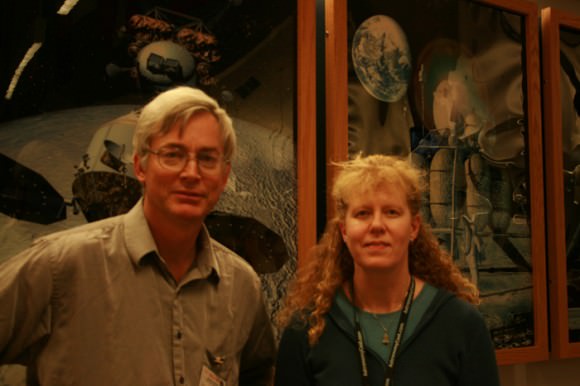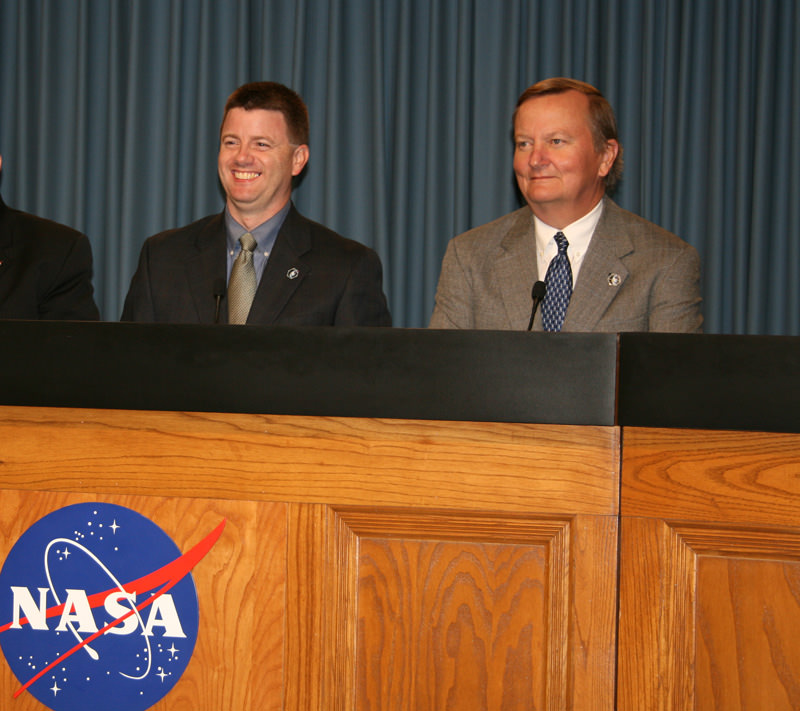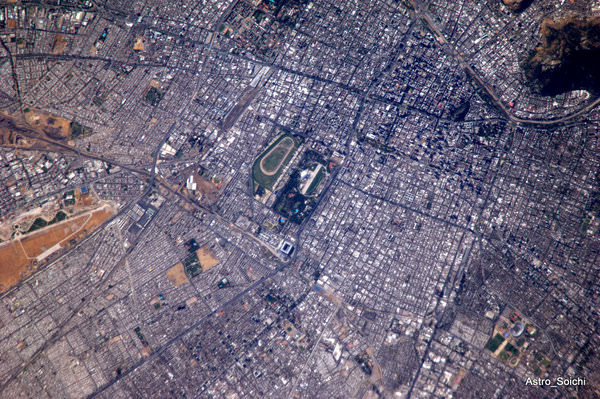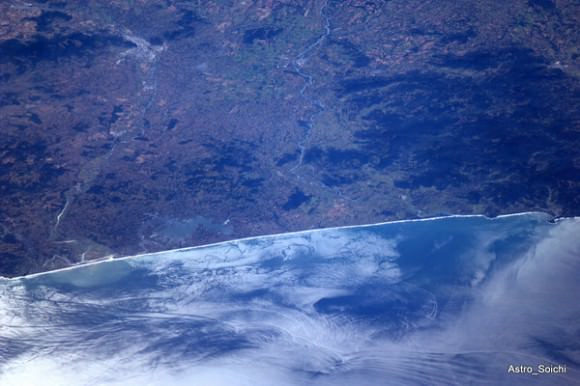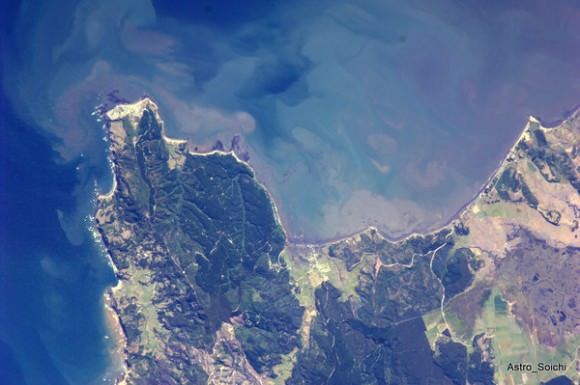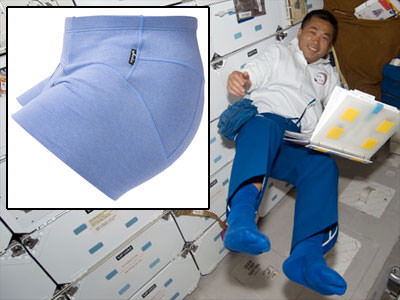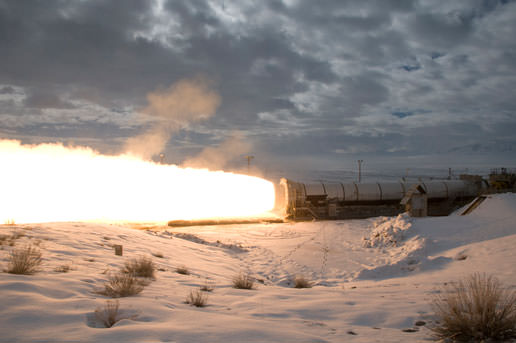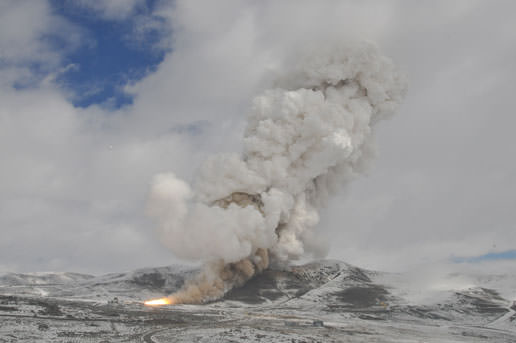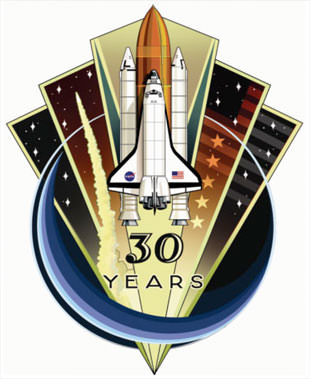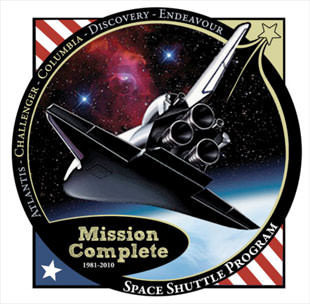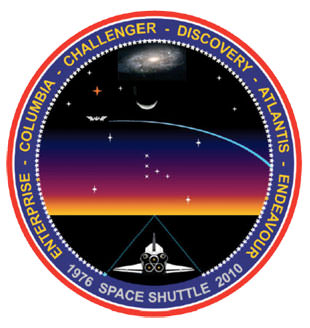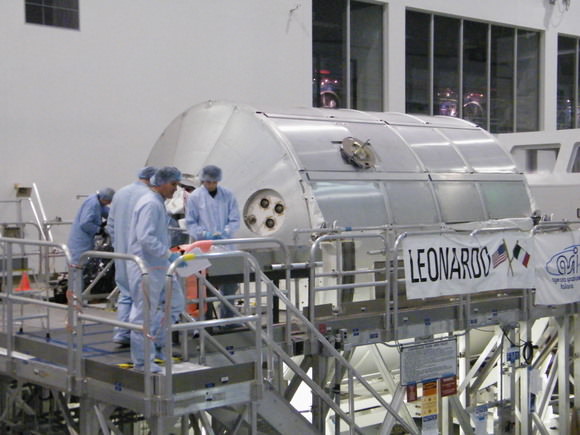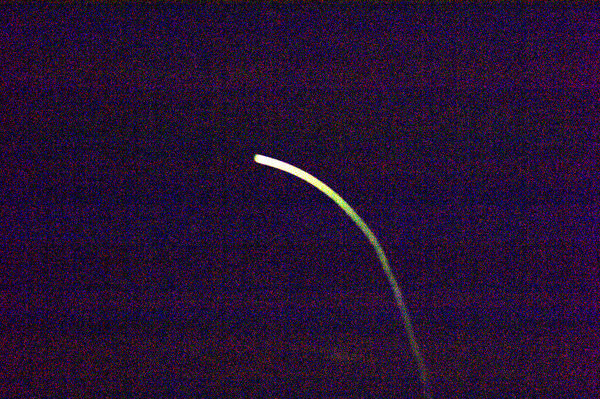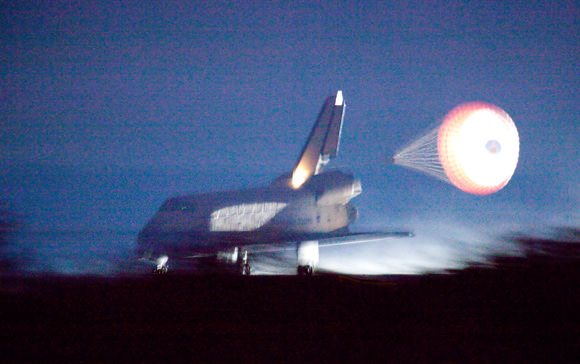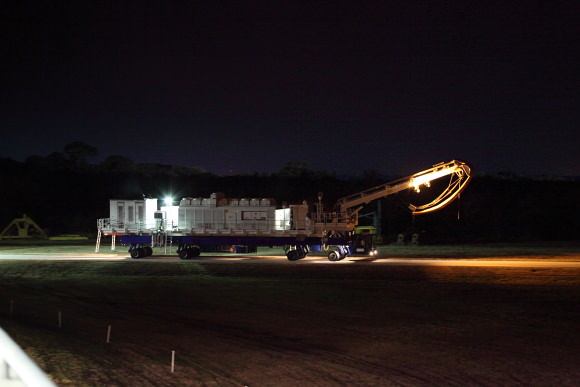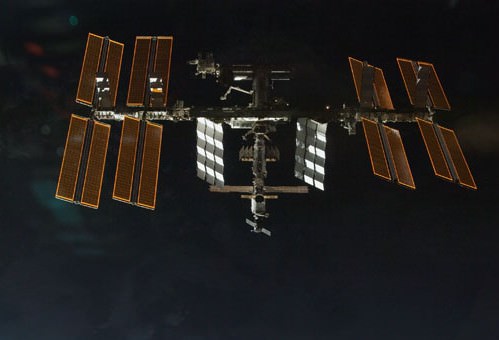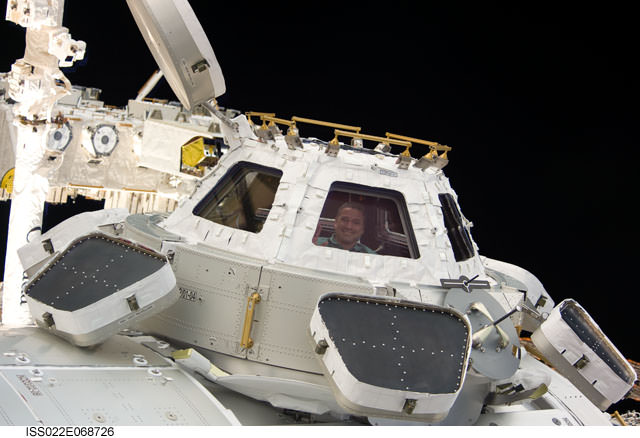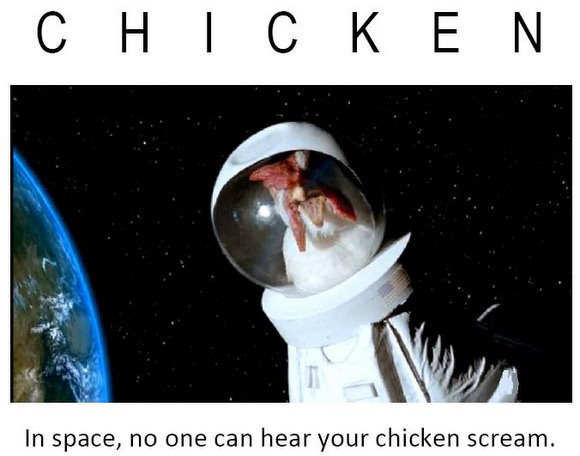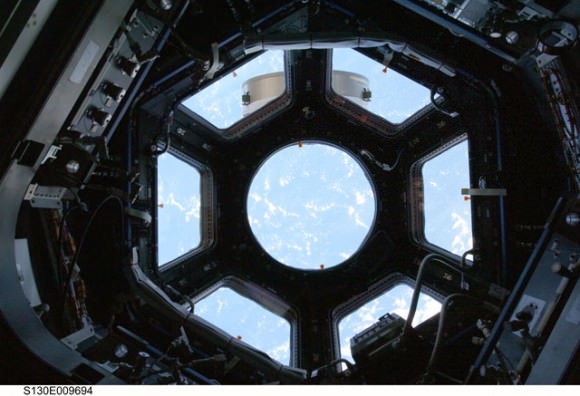For my farewell from the Cape (for now) and STS 130 coverage, please check out this cool video of the STS 130 Night Landing which took place exactly 1 week ago on Sunday night, Feb 21.
It’s been a pleasure and an honor to work as a team for Universe Today; Nancy Atkinson and Ken Kremer reporting live from the Kennedy Space Center – informing all our readers about the remarkable deeds by the STS 130 and ISS astronauts & cosmonauts. As well as all the hardworking folks at NASA and the ISS partners from ESA, Russia, Canada and Japan without whom nothing would happen.
This home video is taken from the 2nd story of the viewing stand located at the shuttle landing runway, formally known as the Shuttle Landing Facility (SLF). This is as close as any observers are permitted other then a few key NASA runway and photography personal situated slightly closer to the strip.
The video is courtesy of my friend Matt at Spacearium, and shot as Nancy and myself were standing next to him. This is really a pleasure to present to you because its exactly the sights and sounds of what we all experienced – LIVE from KSC !
[/caption]In fact, if you look carefully at the beginning and you’ll see the top NASA Shuttle managers – Mike Moses and Mike Leinbach – standing about 20 feet in front of us just as Endeavour comes into view for touchdown. At the very end you’ll catch a glimpse of us motley (but thrilled) crew of photo journalists.
Here my impressions of the landing:
Despite an extremely poor weather forecast, I witnessed Endeavour’s penultimate trip to space conclude with the exciting Sunday night landing at 10:20 PM EST at the SLF landing strip at NASA’s Kennedy Space Center on Feb 21. The 14-day journey of more than 5.7 million miles brought the astronauts full circle from their pre-launch arrival here on Feb 2 aboard the Shuttle Training Aircraft (STA).
The threatening rain showers scooted by, the winds calmed and the totally socked in cloud deck miraculously thinned out. Amazingly, it turned into a perfect evening for a landing.
Abruptly and with absolutely no forewarning, Endeavour’s twin sonic booms shocked the daylights out of us spectators near the runway, announcing her impending arrival at runway 15 in about 3 ½ minutes. Her sweeping 234 degree left turn approach from the north and above the Atlantic Ocean was fully masked under the cover of darkness until the final moments.
Suddenly, I caught first sight of the swiftly descending and barely visible phantom beauty as she swooped down from the sky at the far end of the runway barely above the tarmac. Only her magnificent fuselage, tail and braking drogue parachute were illuminated. In mere seconds she passed directly in front of us. Her wheels touched down as she sped along and disappeared down the far end of the runway, with just her tail in view at night above the tree line traveling from the northwest to the southeast.
Launch Director Mike Leinbach summed up the sentiments of many, saying “I got to watch a lot of the folks out on the runway tonight just kind of stand there and look up at Endeavour and think about the majesty of that ship and it’s next to last flight. There’s a whole series of ‘lasts’ coming up. The people fall in love with the machines. It’s going to be hard to let them go. But we’ve been given our direction. We’re mature about it and adult about it and we’re professional about it. So we’re going to process and fly that last mission. And move on.”
Only 4 Space Shuttle flights remain in the manifest.
If you can, try and take the opportunity to witness one of the final launches before these magnificently capable vehicles are prematurely retired at the peak of their capability later this year.
During the two week flight, the STS 130 crew brought aloft and installed the Tranquility habitation module and the Cupola observation dome. Tranquility houses critical ISS life support systems. The Cupola possesses 7 spectacular windows and has exceeded its pre-flight billing by affording dazzling vistas of the earth below and the cosmos above.
See my earlier reports for close up photos of Tranquility and Cupola from inside the Space Station Processing Facility.

The station is now 98 percent complete by volume and 90 percent complete by mass. The station itself exceeds 800,000 pounds and the combined weight with the shuttle exceeds 1 million pounds for the first time.
Earlier STS 130/ISS and SDO articles by Ken Kremer
Endeavour Crew Preps for Sunday Landing as Showers Threaten Delay
Cupola Bay Window bolted to face Earth; Stunning 38 Second Video
Space Plumbers hook up crucial Tranquility cooling and power to Space Station
Tranquility attached to Space Station
Sky on Fire as Endeavour Blasts to Space
Orion can Launch Safely in 2013 says Lockheed
Russian Cargo Freighter Docks at ISS; 1 Day to Endeavour launch
Endeavour astronauts arrive at Cape for launch of Tranquility
ISS Crew Twitpics from Orbit; Live Streaming Video Soon !
Path clear for STS 130 to attach Tranquility module
Endeavour aiming for on time launch with coolant hose fix ahead of schedule
STS 130 flight pressing forward to launch as NASA resolves coolant hose leak
STS-130 Shuttle flight facing delay due to Payload technical glitch
Shuttle Endeavour Rolled to Pad; Countdown to the Final Five Begins
New Year’s Greetings from TEAM ISS and 2010 ISS Calendar
Tranquility Module Formally Handed over to NASA from ESA
